
OR
Editorial
Taming High Interest Rates
Published On: December 16, 2022 07:30 AM NPT By: Republica | @RepublicaNepal

Private sector investment is the main driving force of any economy that looks to thrive via achieving high economic growth. It is largely affected by the interest rates on credit flown by the banks. Currently, Nepali commercial banks have been charging their borrowers interest rates as high as 18 percent, compared to relatively lower rates of 17 percent and 16 percent of development banks and cooperatives, respectively. In the past one year, the banks’ interest rates have more than doubled. Commercial banks are the main creator of huge capital formation in an economy. Their exorbitant interest rate is an obvious factor that impedes the country’s infrastructure development. Banks are often blamed for imposing high interest rates to secure huge profits just to please their shareholders. The financial entities, however, undermine the larger opportunity cost, which they face for earning instant profits. They must realize the fact that they are the ones that will share even larger benefits if the country gains an impressive economic growth. The survey reports of the private sector unveil a bleak picture of the economy. Manufacturers of construction materials are operating at 30 percent of their capacity, consumption of essentials has gone down by 18 percent and restaurants’ business by 20 percent, among others. These provide some evidence of how the economy is affected.
No doubt, Nepal’s economy, like many other economies globally, is reeling under one of its hardest times. The surging price index has already taken down the purchasing power of the people. The unfair interest rates have added fuel to increase the market price further. It has taken a toll on new investment for the pipeline projects, which will definitely increase the country’s unemployment figures. The records with the Department of Industry also show that the commitments for investment from domestic and foreign firms to inject more capital were down by 25 percent in the first five months of the current fiscal year. Being the apex monetary authority of the economy and the chief regulator of the financial market, the role of the central bank is crucial to keep an economy on track. In this regard, Nepal Rastra Bank (NRB) should not take a deep slumber, keeping itself away from its prime duty. The NRB was applauded for its commendable work to rejuvenate the economy at a time when the country was hit hard by the impacts of the coronavirus pandemic. The current situation provides the central bank with a new challenge and an opportunity to prove its efficiency. Nevertheless, a direct intervention of NRB will be an unwelcoming move in a free market economy. But policy interventions are always desirable.
In an attempt to right some of the wrongs in the banking sector, the NRB recently reduced the spread rate of banks from 4.4 percent to 4 percent. Over time, its impact could be seen. But this might not be sufficient to solve all monetary problems. The NRB must use its monetary tools at their optimum to address the current problem of high interest rates. While talking about the current scenario, the responsibility of the private sector should not be disregarded in solving the problem. The NRB has been urging the private sector to pay back their dues on time, which many entrepreneurs have ignored. The firms which earn a good amount of profits should not fall behind in paying the monthly installment to the banks on time. This would definitely help the banks to manage their liquidity, which could help maintain a downward pressure on the interest rate to fall. All the three players — the NRB, banks and the private sector — should assume their key responsibilities toward the economy. The NRB must not implement policies just for public stunt. The banks have to keep aside their motive to earn huge profits for now while the private sector must be sincere in financial dealings with the banks. Such collaborative efforts will definitely help solve the current problem that has appeared in the country’s financial sector.
You May Like This

Banks fail to attract investors to take loans despite lowering interest rates
KATHMANDU, Feb 4: Despite lowering their interest rates, banks are unable to increase their lending due to low demand for... Read More...

Banks’ decision to hike interest rates courts widespread criticism
KATHMANDU, Sept 22: Banks have been facing widespread criticism from people from different quarters after they raised the interest rates. ... Read More...
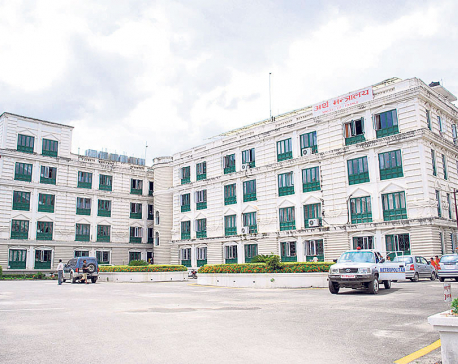
Govt tells banks to halt recovery of loans from businesses impacted by COVID-19 until mid-April
KATHMANDU, March 25: Banks and financial institutions (BFIs) will now halt the recovery of loan installment until mid-April (Chaitra end). Read More...

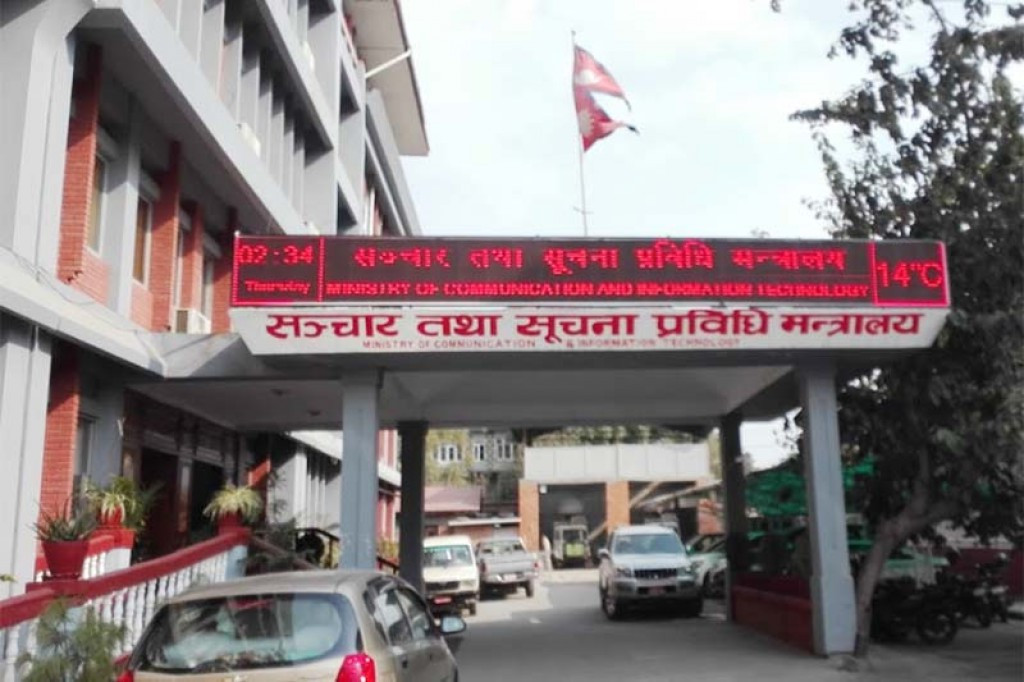
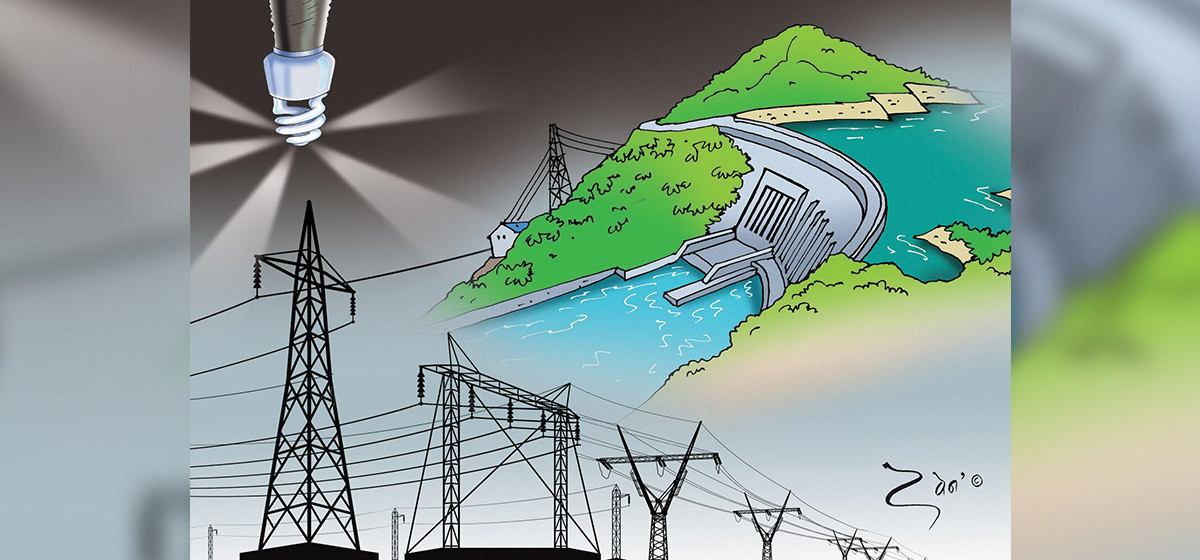
-1200x560-wm_20240503161056.jpg)
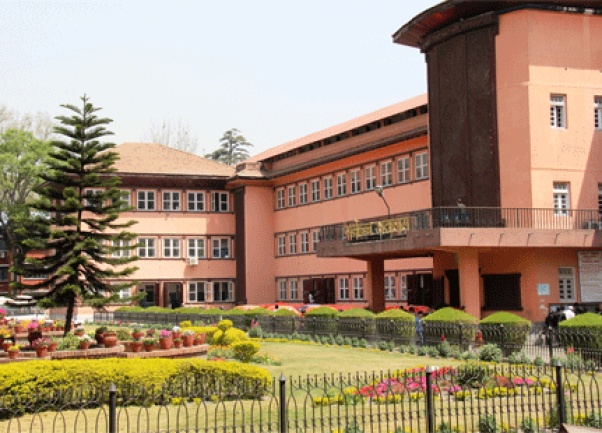
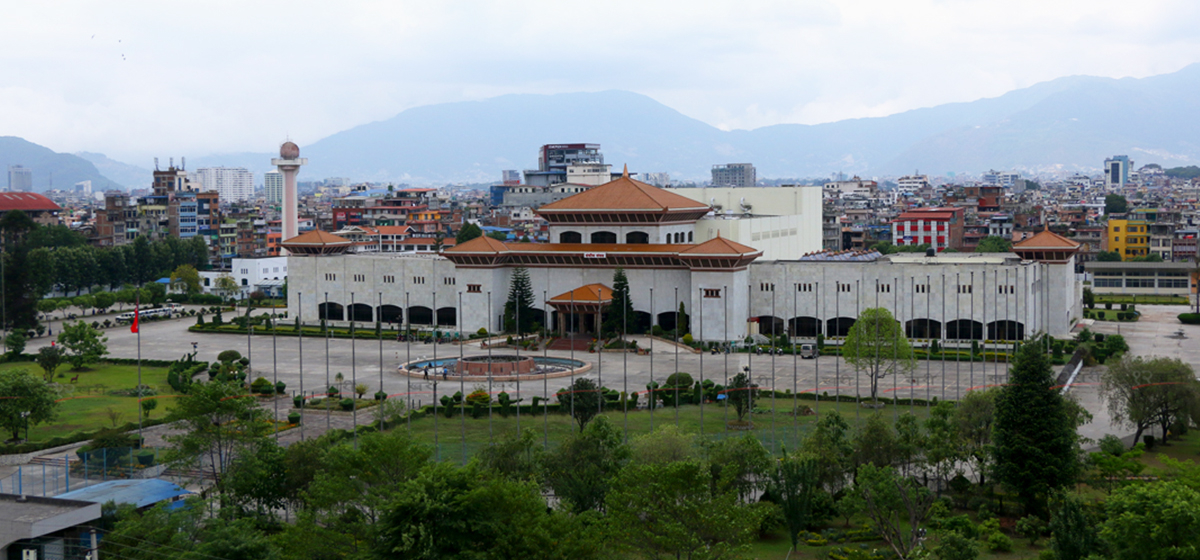
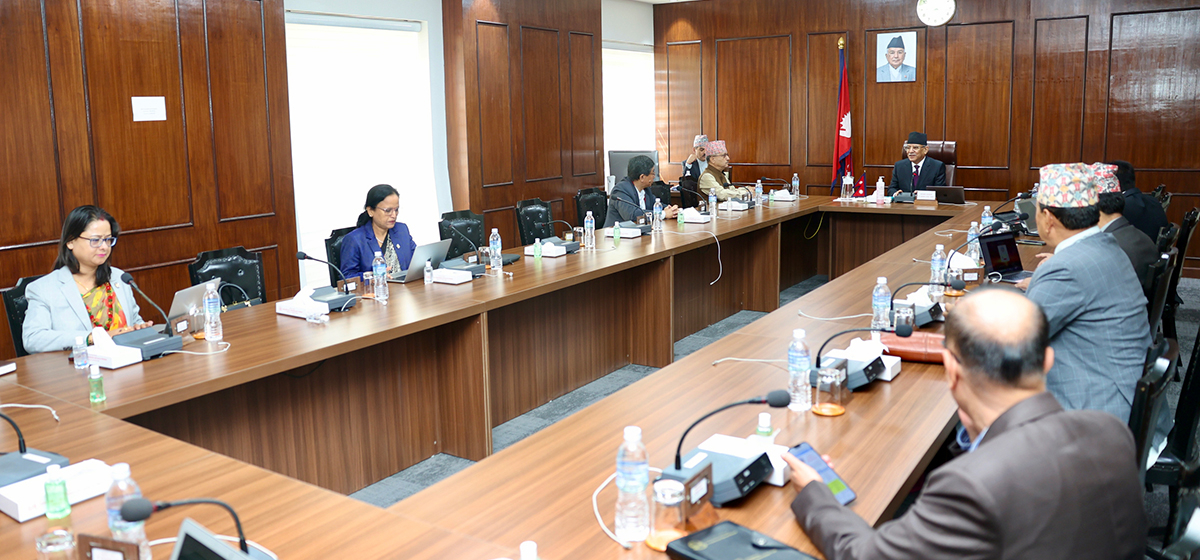
-1200x560-wm_20240503161056.jpg)
Just In
- Over two dozens bills stalled in previous parliamentary session yet to be registered for deliberation
- Japanese Foreign Minister Yoko Kamikawa to visit Nepal on Sunday
- Cabinet transfers six secretaries
- KMC’s 35-day ultimatum to RB Complex and People's Plaza to settle outstanding taxes
- Govt reduces fiscal equalization grant by Rs 317.4 million in Makwanpur
- Govt approves proposal to feature new map of Nepal on 100 rupee note
- Madhesh: LSP’s provincial assembly member Abhiram Sharma suspended
- Flight operations again halted at PRIA on Friday









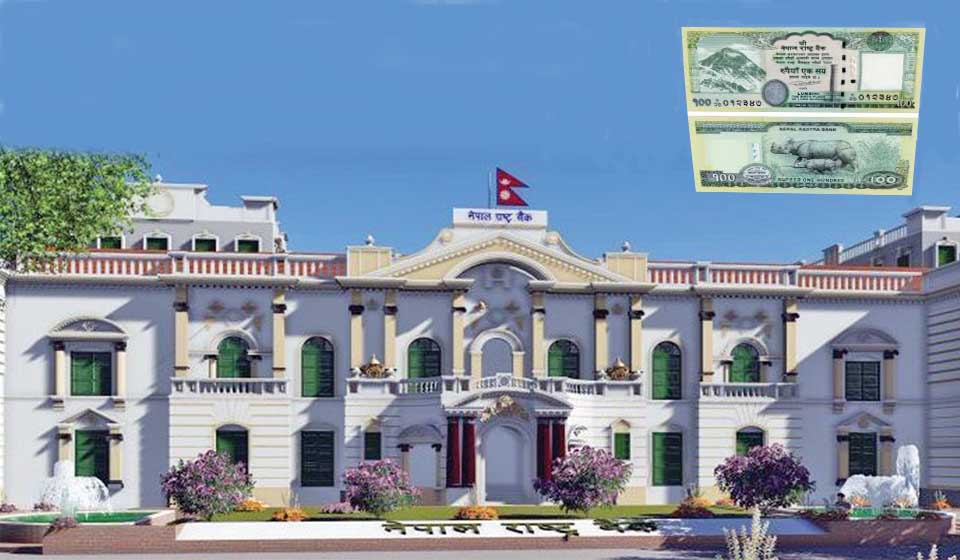

Leave A Comment